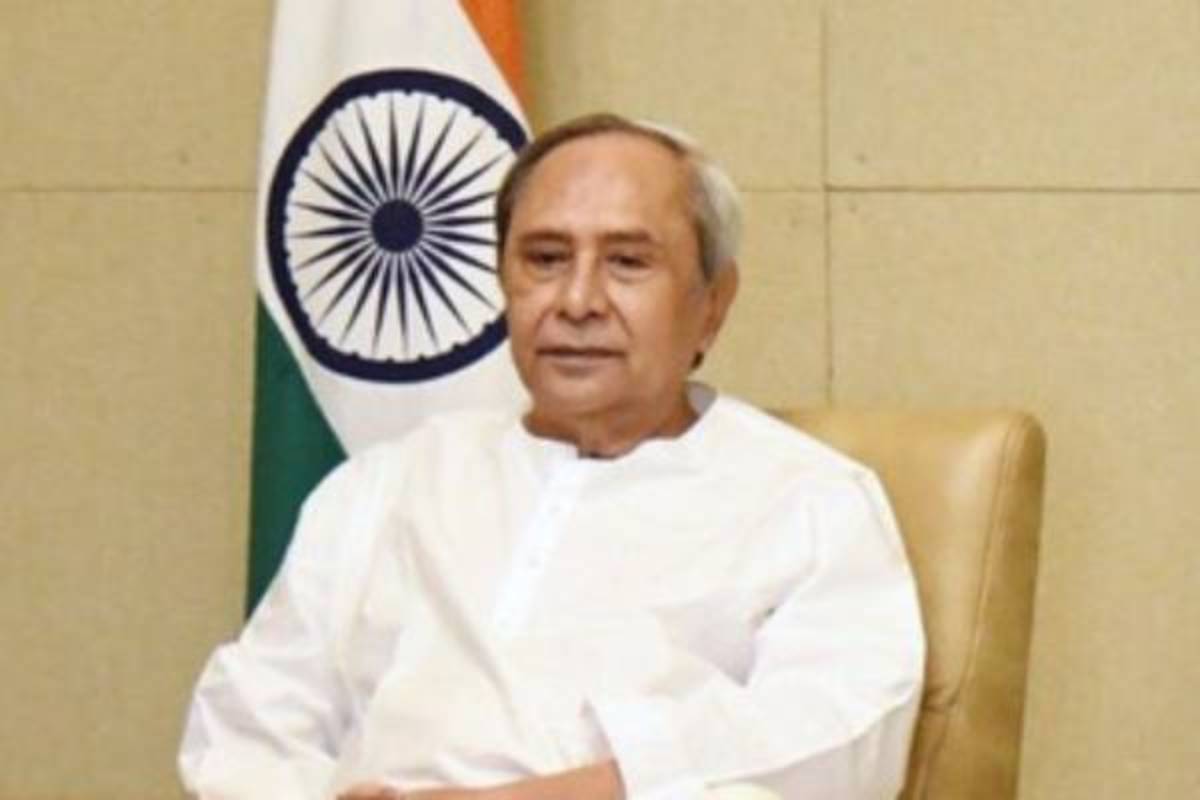The political landscape of Odisha today sees Chief Minister Naveen Patnaik standing at a crossroads, seeking to extend his already impressive tenure of over 24 years. If successful, he will become India’s longest-serving chief minister, surpassing the record held by Mr Pawan Kumar Chamling of Sikkim. Already, the record shows he has been one of the most effective state leaders this country has seen.
This election, however, poses perhaps his greatest challenge yet. The formidable organisational strength of Mr Patnaik’s party, the Biju Janata Dal (BJD), cannot be overlooked. Despite internal conflicts that plague all three major parties, the BJD, the Bharatiya Janata Party (BJP), and the Congress, the ruling party’s well-oiled machine continues to dominate. The BJP, while growing in influence, and the Congress, now a distant third, lack the grassroots cadre that the BJD commands. The BJD’s robust network has been pivotal in maintaining its electoral dominance. Yet, the BJP has carved out a significant presence in Odisha’s politics. Historically, the BJP shared power with the BJD until their alliance dissolved in 2009.
Advertisement
The BJP witnessed resurgence, particularly in the 2019 elections which saw it capturing eight of Odisha’s 21 Lok Sabha seats, an impressive leap from just one seat in 2014. This shift was largely driven by the national popularity of Prime Minister Narendra Modi and a strategic campaign that resonated with a broad voter base. The changing demographics of Odisha present both a challenge and an opportunity. A new generation of voters, many of whom are young, middle-class, and digitally savvy, show a growing preference for the BJP. These voters, often influenced by social media, are less emotionally tied to Mr Patnaik’s legacy. This demographic shift signals a potential erosion of the BJD’s traditional voter base, which has largely remained loyal over the decades.
Women voters, however, remain a stronghold for Mr Patnaik. His administration’s initiatives on women’s health and empowerment have created a loyal female electorate. This support played a crucial role in the BJD’s resounding victory in the 2019 assembly poll, countering the BJP’s aggressive campaign. The silent endorsement of women voters could again be a decisive factor. Despite the rising challenge, Mr Patnaik’s popularity endures. His image remains relatively untarnished by corruption scandals, a rarity in Indian politics. This clean image, coupled with his track record of governance, has helped him maintain a significant portion of the electorate’s trust.
However, his administration’s reliance on Mr V.K. Pandian, a bureaucrat-turnedpolitician, has sparked controversy. Mr Pandian has become a focal point of opposition attacks, suggesting that any potential BJD losses might be attributed more to perceptions of his influence than to Mr Patnaik himself. As Odisha prepares for the last phase of the polls on June 1 when voters in six constituencies cast ballots, the potential outcomes may well mirror those of 2019. However, the unpredictability of electoral dynamics means that a shift cannot be entirely ruled out.











